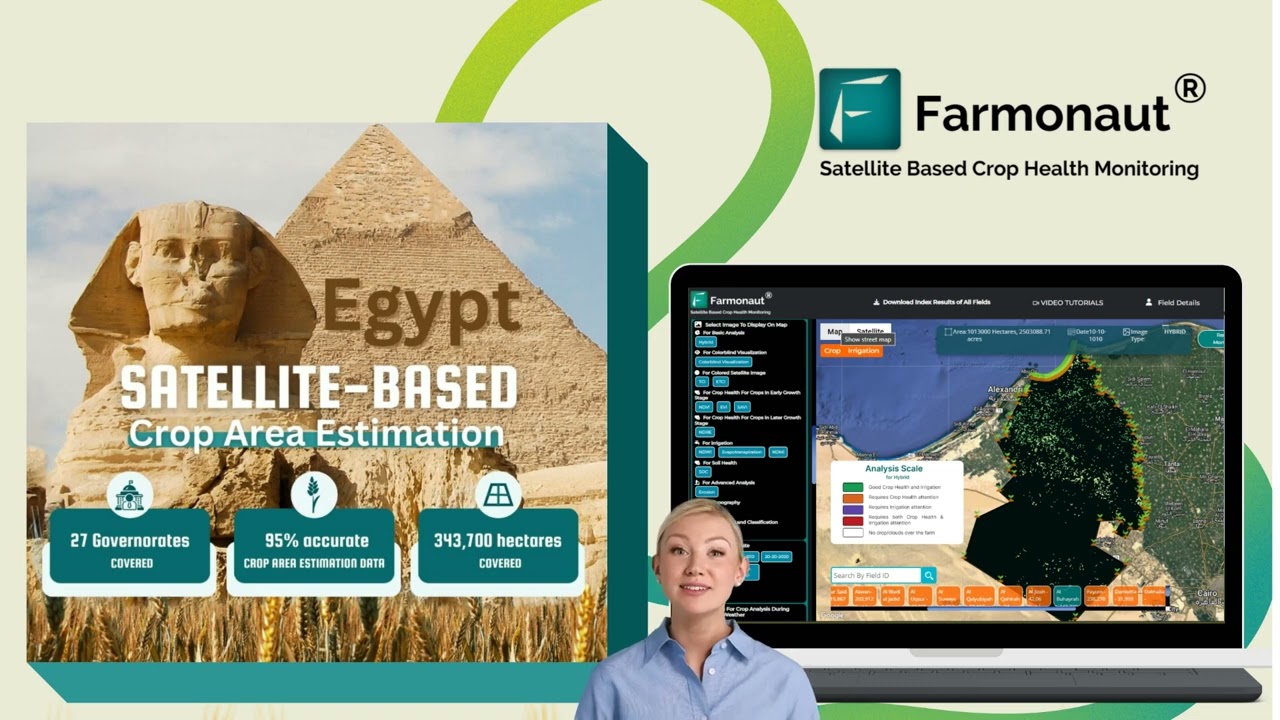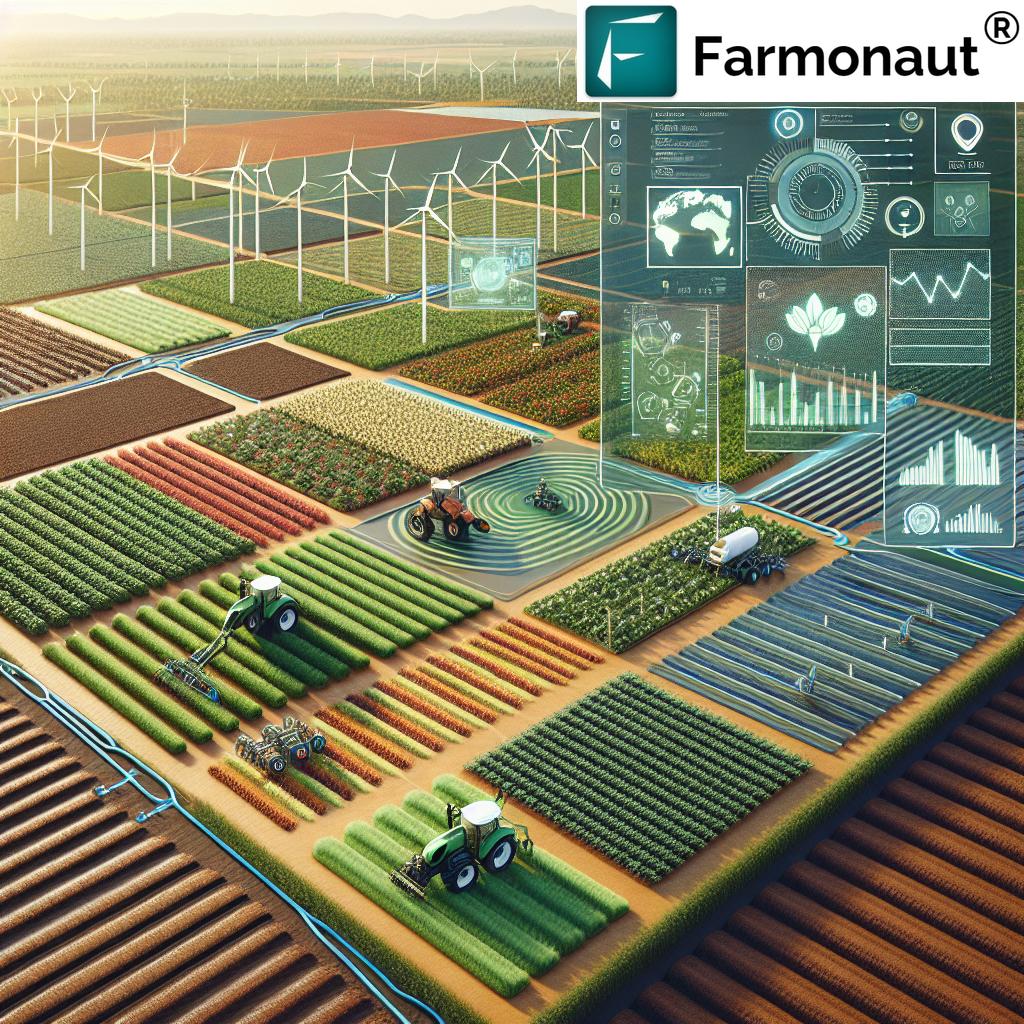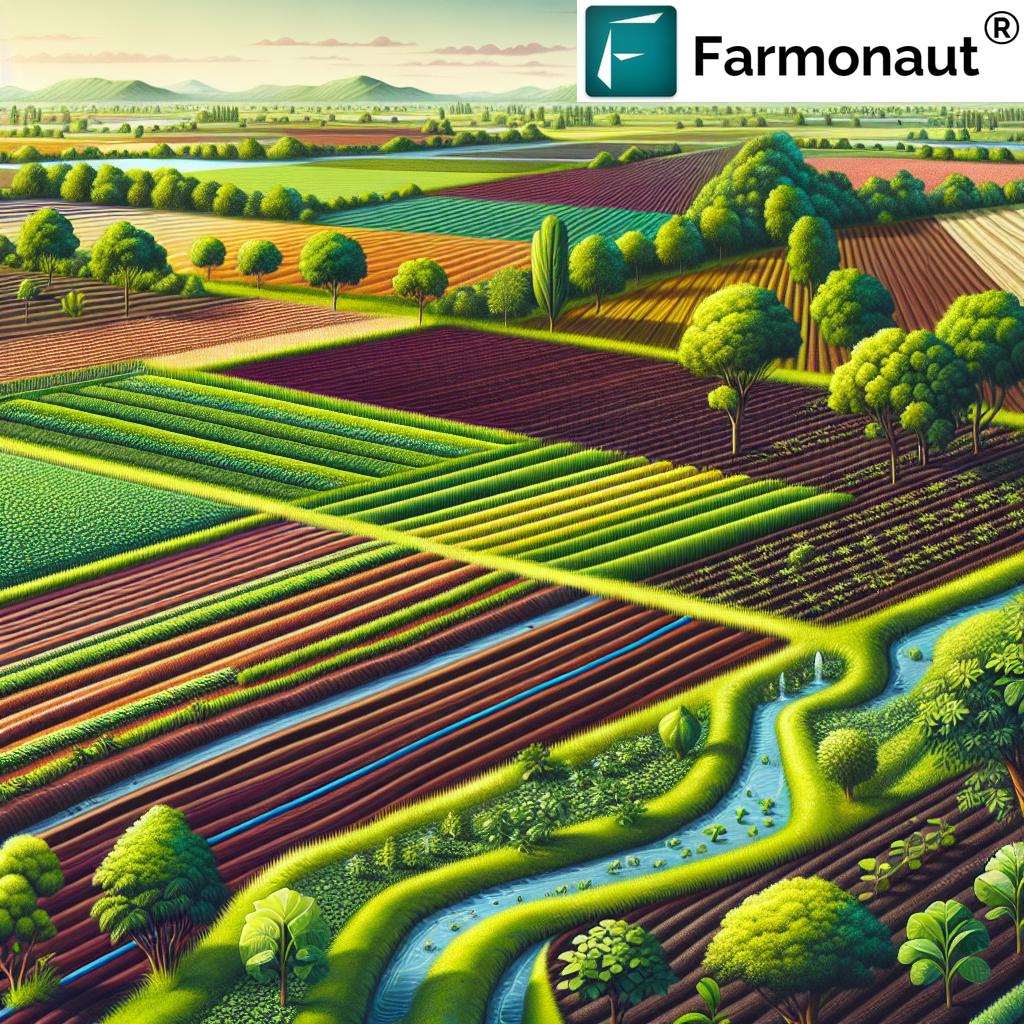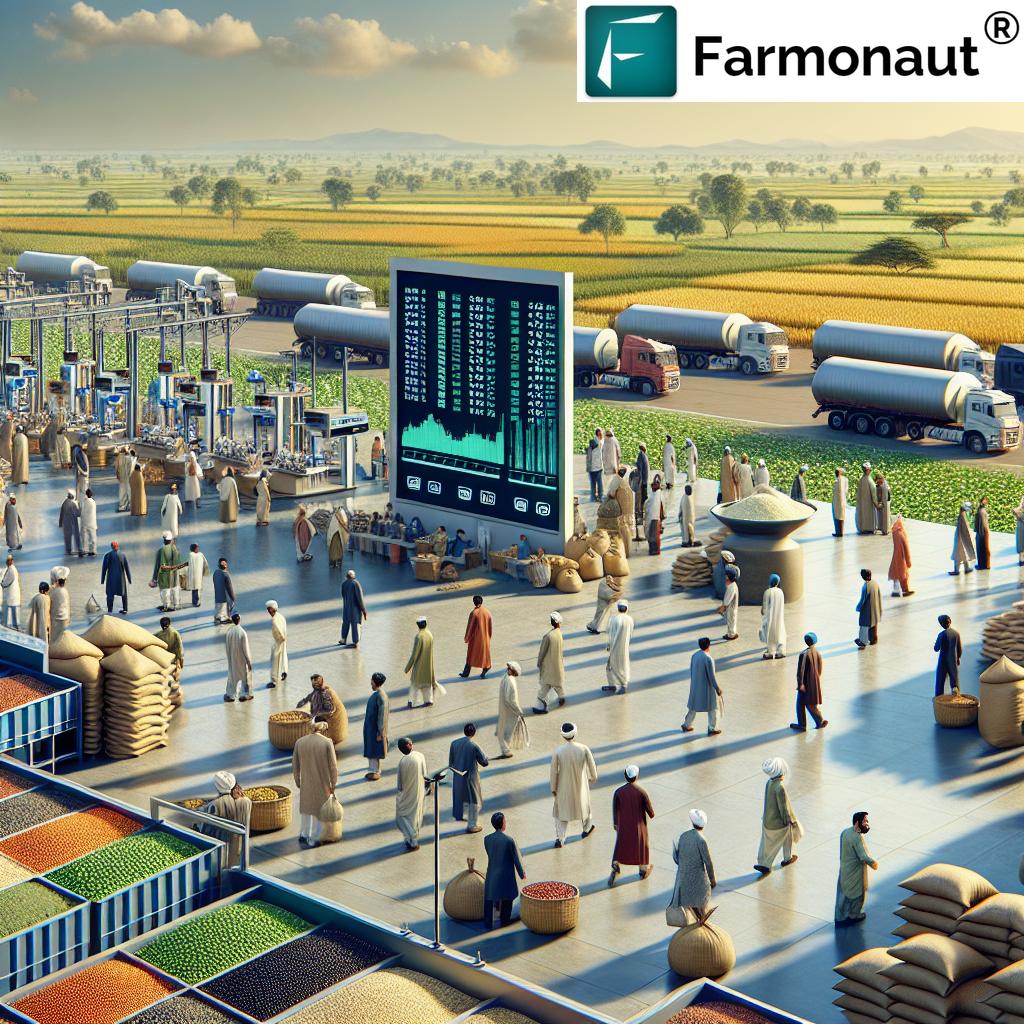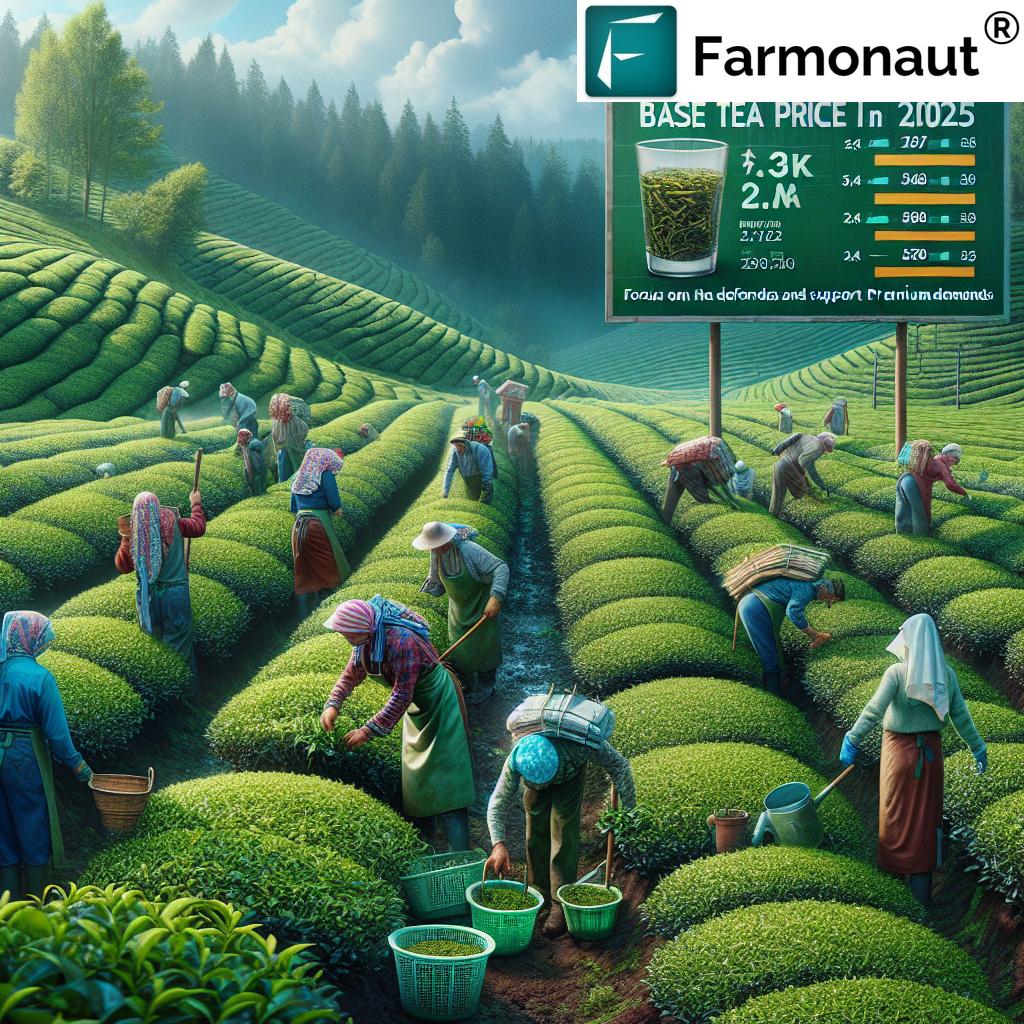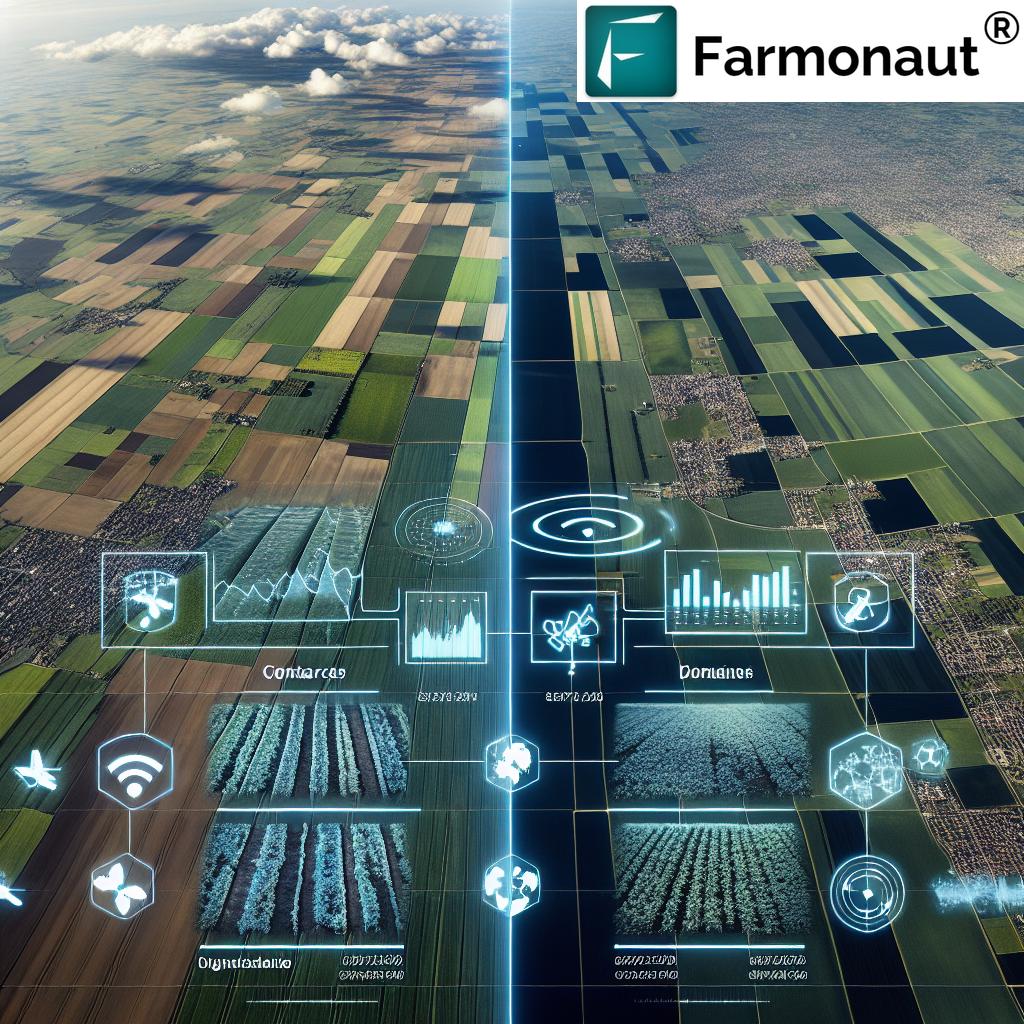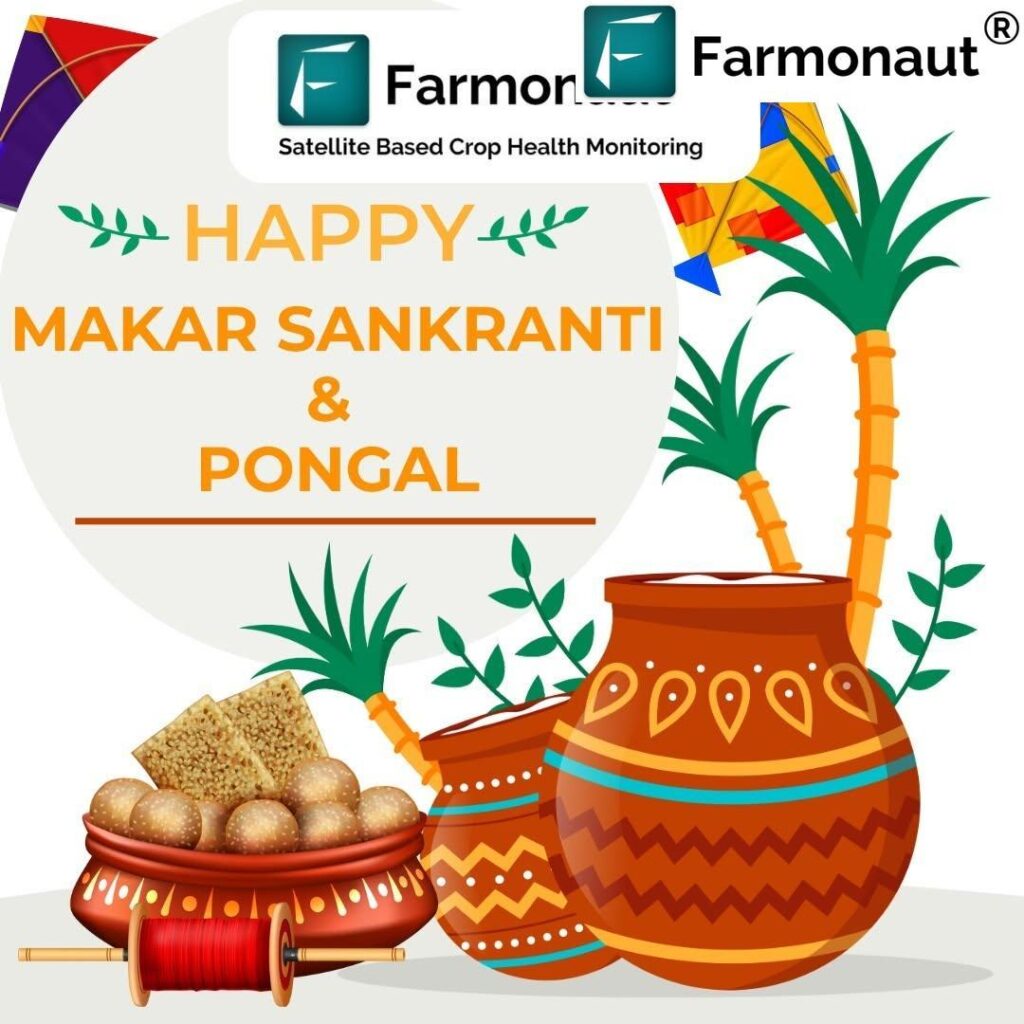Global Agricultural Trade Tensions: India’s Farm Subsidies Under WTO Scrutiny
“India’s agricultural market price support for rice and wheat is contested by several countries at the WTO.”
In the complex world of global agricultural trade, tensions are rising as India’s farm subsidies come under intense scrutiny from the World Trade Organization (WTO). This comprehensive analysis delves into the intricate web of market price support, domestic agricultural policies, and their far-reaching impacts on world agricultural markets. As we navigate through this contentious issue, we’ll explore the implications for farmers, policymakers, and agribusiness professionals worldwide.
Understanding the Core of the Controversy
At the heart of this international debate lies the question of agricultural market price support, particularly for rice and wheat production in India. Several countries, including Australia, Canada, and the United States, have raised concerns that India’s support exceeds the figures reported to the WTO. This discrepancy has sparked a heated discussion about the nature and extent of domestic support in agriculture and its effects on global trade dynamics.
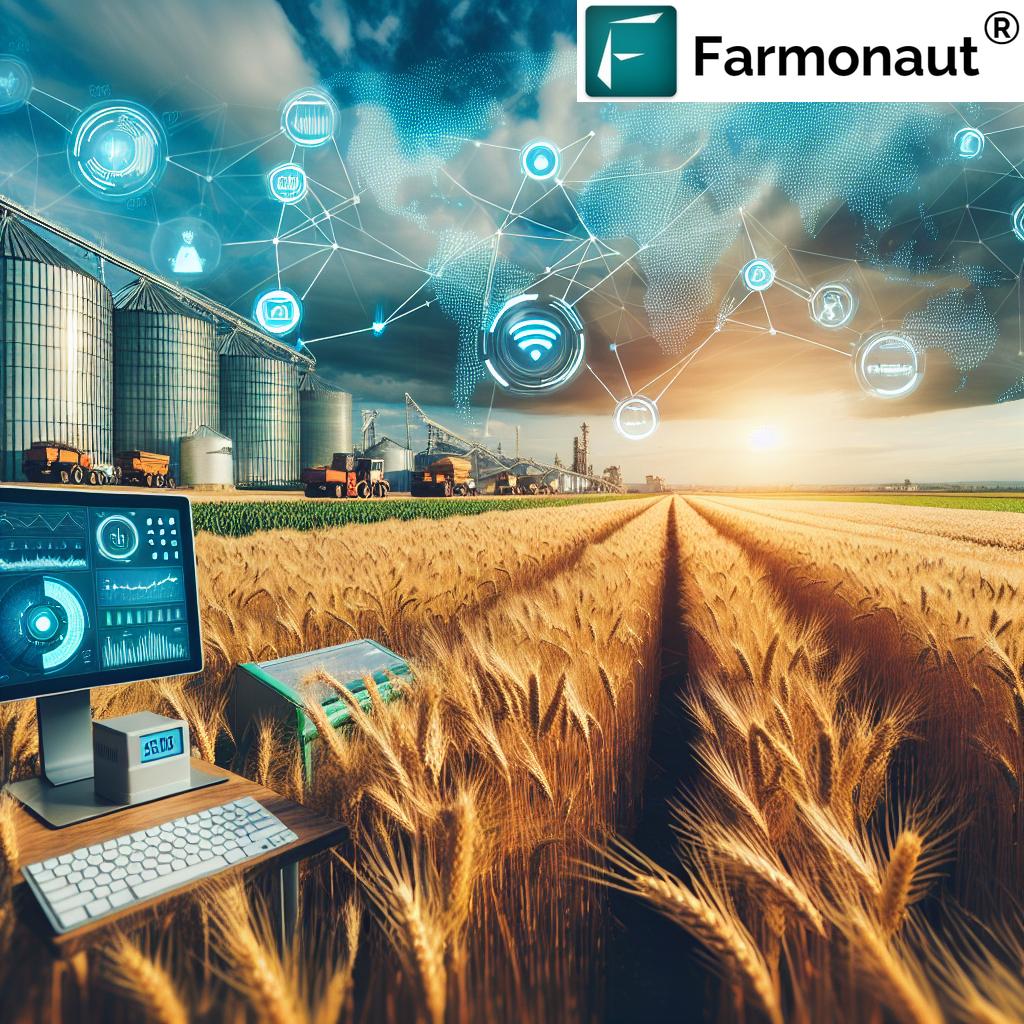
As we delve deeper into this issue, it’s crucial to understand the broader context of global agricultural trade policies and their implications for developing and developed nations alike. The WTO agriculture agreements, designed to create a fair and market-oriented agricultural trading system, are now at the center of this controversy.
The Role of Market Price Support in Global Agriculture
Market price support is a form of agricultural subsidy where governments intervene to maintain domestic prices at a level higher than international market prices. This support can take various forms, including:
- Minimum support prices for crops
- Government procurement programs
- Import restrictions to protect domestic markets
- Export subsidies to make domestic products more competitive globally
In India’s case, the government provides substantial support for rice and wheat production, two staple crops crucial for food security in the world’s second-most populous country. However, the scale of this support and its potential distortion of global markets has raised eyebrows in the international community.
India’s Agricultural Support Under the Microscope
India, as a developing country, has historically argued for the need to support its vast agricultural sector, which employs nearly half of its workforce. The country’s agricultural policies aim to ensure food security, support small farmers, and stabilize prices. However, the methods and extent of this support have come under increasing scrutiny.
Key aspects of India’s agricultural support include:
- Minimum Support Prices (MSP) for major crops
- Input subsidies for irrigation and fertilizers
- Government procurement of rice and wheat
- Public distribution system for food grains
Critics argue that these measures, particularly the MSP system, lead to overproduction and distort global markets. They contend that India’s support exceeds the de minimis levels allowed under WTO rules for developing countries.
The Global Impact of India’s Agricultural Policies
The ripple effects of India’s agricultural support extend far beyond its borders. As one of the world’s largest producers and consumers of rice and wheat, India’s policies can significantly influence global markets. When domestic support leads to overproduction, it can result in:
- Increased exports, potentially depressing global prices
- Reduced import demand, affecting exporting countries
- Distortions in global trade patterns
These effects are particularly concerning for major agricultural exporters like Australia, Canada, and the United States, who argue that India’s policies create an uneven playing field in the global agricultural trade arena.
The WTO’s Role in Agricultural Trade Disputes
The World Trade Organization plays a crucial role in mediating agricultural trade disputes and ensuring compliance with international trade agreements. The WTO Agreement on Agriculture, established during the Uruguay Round negotiations, sets the framework for the reduction of agricultural subsidies and trade barriers.
Key elements of the WTO’s approach to agriculture include:
- Limits on domestic support measures that distort trade
- Reduction of export subsidies
- Improved market access through tariff reductions
However, the agreement also recognizes the special needs of developing countries, allowing for certain flexibilities. This is where the current debate over India’s agricultural support becomes particularly complex.
Developing Countries and Agricultural Subsidies
“Farm subsidies in developing countries, including input subsidies for irrigation and fertilizers, are under WTO scrutiny.”
The issue of farm subsidies in developing countries is a contentious one at the WTO. While the organization aims to create a level playing field in global trade, it also acknowledges the unique challenges faced by developing nations in ensuring food security and supporting rural livelihoods.
Key considerations for developing countries include:
- Higher de minimis levels for domestic support
- Special safeguard mechanisms to protect against import surges
- Flexibility in implementing subsidy reduction commitments
India, along with other developing countries, has argued for the need to maintain these flexibilities to protect their vulnerable agricultural sectors and ensure food security for their populations.

The Debate Over Input Subsidies
A significant point of contention in the current debate is the issue of input subsidies, particularly for irrigation and fertilizers. These subsidies are crucial for many developing countries to boost agricultural productivity and support small farmers. However, critics argue that they can lead to environmental degradation and inefficient resource use.
Key aspects of the input subsidy debate include:
- Impact on water resources and soil health
- Efficiency of subsidy distribution systems
- Effects on long-term agricultural sustainability
As we at Farmonaut focus on providing advanced agricultural solutions, we recognize the importance of balancing productivity with sustainability. Our satellite-based crop health monitoring and AI advisory systems can help farmers optimize resource use, potentially reducing the need for extensive input subsidies.
Comparative Analysis of Agricultural Subsidies and Trade Impacts
| Country | Estimated Market Price Support ($ billions) | Major Subsidized Crops | Reported Subsidy Levels to WTO ($ billions) | Estimated Impact on Global Trade | Key Concerns Raised at WTO |
|---|---|---|---|---|---|
| India | 42.5 | Rice, Wheat | 23.8 | High | Underreporting of subsidies, Market distortion |
| United States | 20.1 | Corn, Soybeans, Wheat | 19.2 | High | Cotton subsidies, Export credit guarantees |
| European Union | 93.1 | Dairy, Beef, Cereals | 89.4 | High | High overall support levels, Market access restrictions |
| China | 185.9 | Rice, Wheat, Corn | 164.7 | High | Opaque subsidy programs, Domestic support exceeding limits |
This table provides a comparative view of agricultural subsidies across major economies, highlighting the complexities and disparities in global agricultural support systems.
The Role of Technology in Addressing Agricultural Challenges
As the debate over agricultural subsidies continues, technology is emerging as a potential solution to many of the challenges faced by farmers and policymakers alike. Advanced agricultural technologies can help improve productivity, reduce resource use, and provide valuable data for policy decisions.
At Farmonaut, we’re at the forefront of this technological revolution in agriculture. Our satellite-based farm management solutions offer:
- Real-time crop health monitoring
- AI-based advisory systems
- Resource management tools
- Blockchain-based traceability solutions
These tools can help farmers make more informed decisions, potentially reducing their reliance on subsidies while improving productivity and sustainability.
The Way Forward: Balancing Support and Fair Trade
As the global community grapples with the challenges of agricultural trade and support, it’s clear that a balanced approach is needed. This approach should consider:
- The unique needs of developing countries
- The importance of food security
- The need for fair competition in global markets
- The potential of technology to transform agriculture
Finding this balance will require ongoing dialogue, negotiation, and potentially, reform of existing WTO agreements. It will also necessitate a closer look at how technology can be leveraged to address agricultural challenges more efficiently.
The Role of Precision Agriculture
Precision agriculture, which involves using technology to optimize farming practices, could play a crucial role in addressing some of the issues at the heart of the subsidy debate. By improving efficiency and reducing waste, precision agriculture can help farmers produce more with less, potentially reducing the need for extensive subsidies.
Key benefits of precision agriculture include:
- Optimized use of inputs like water and fertilizers
- Improved crop yields
- Reduced environmental impact
- Better data for decision-making
At Farmonaut, we’re committed to making precision agriculture accessible to farmers of all sizes. Our API and mobile apps provide farmers with the tools they need to implement precision farming techniques, regardless of their scale of operation.
The Impact on Farmers and Rural Communities
As we consider the global implications of agricultural subsidies and trade policies, it’s crucial not to lose sight of their impact on individual farmers and rural communities. In countries like India, where agriculture remains a primary source of livelihood for millions, changes in subsidy policies can have significant socio-economic consequences.
Key considerations include:
- Income stability for small and marginal farmers
- Rural employment and migration patterns
- Food security at the household and national levels
- Adaptation to changing climatic conditions
Any reforms to agricultural support systems must take these factors into account to ensure that vulnerable farming communities are not adversely affected.
The Future of Agricultural Trade and Support
As we look to the future, it’s clear that the global agricultural landscape is set for significant changes. The ongoing debates at the WTO, coupled with technological advancements and shifting consumer preferences, are likely to reshape agricultural policies and trade patterns.
Key trends to watch include:
- Increased focus on sustainable and climate-smart agriculture
- Growing demand for transparency in food supply chains
- Continued technological innovation in farming practices
- Potential reforms to WTO agricultural agreements
At Farmonaut, we’re committed to being at the forefront of these changes, providing farmers and policymakers with the tools and data they need to navigate this evolving landscape. Our API Developer Docs provide a gateway for integrating advanced agricultural technologies into existing systems and practices.
Conclusion: Navigating Complex Waters
The debate over India’s farm subsidies and their impact on global agricultural trade is far from over. As the WTO continues its scrutiny and countries engage in negotiations, it’s clear that finding a balance between supporting domestic agriculture and maintaining fair global trade practices will be an ongoing challenge.
For farmers, policymakers, and agribusiness professionals, staying informed about these developments and leveraging technology to adapt to changing circumstances will be crucial. At Farmonaut, we remain committed to providing the tools and insights needed to navigate these complex waters, supporting sustainable and productive agriculture in an increasingly interconnected world.
FAQ Section
Q: What are the main concerns regarding India’s agricultural subsidies?
A: The primary concerns include potential underreporting of subsidies to the WTO, market distortions caused by high levels of support for rice and wheat, and the impact on global agricultural trade.
Q: How do agricultural subsidies affect global markets?
A: Subsidies can lead to overproduction, depress global prices, reduce import demand in subsidizing countries, and create unfair competition for farmers in other nations.
Q: What role does the WTO play in agricultural trade disputes?
A: The WTO provides a forum for negotiating trade agreements, settling disputes, and monitoring compliance with agreed-upon rules for agricultural trade and subsidies.
Q: How can technology help address challenges in agricultural support and trade?
A: Technologies like satellite-based crop monitoring, AI advisory systems, and blockchain traceability can improve farming efficiency, reduce the need for subsidies, and increase transparency in agricultural supply chains.
Q: What are the implications of this debate for farmers in developing countries?
A: The outcome of this debate could affect the level of support available to farmers in developing countries, potentially impacting their income stability, production choices, and overall livelihoods.


